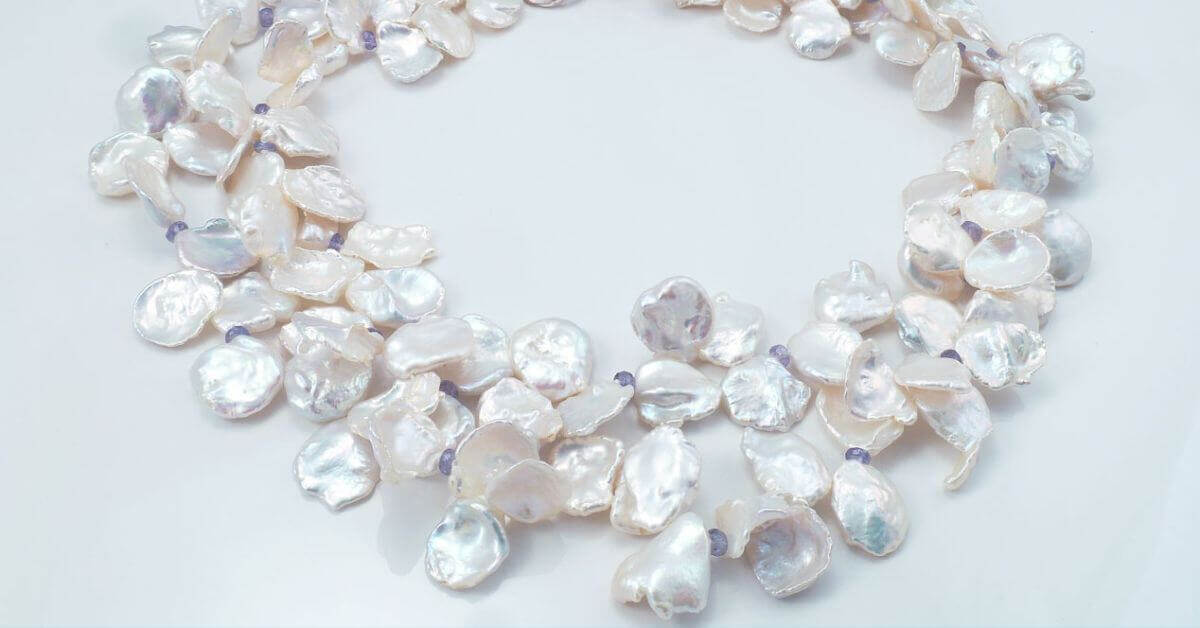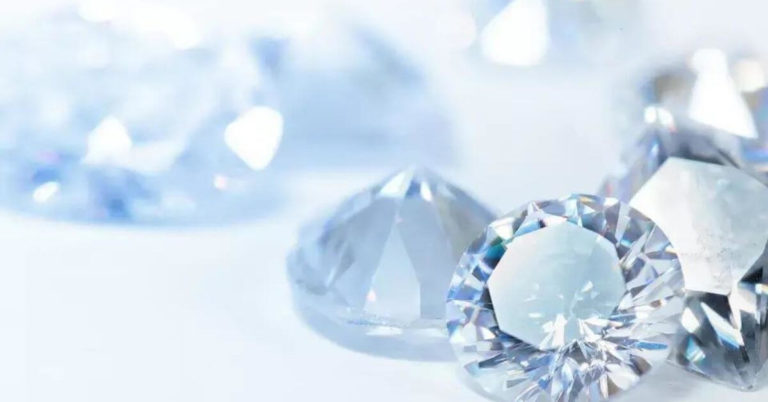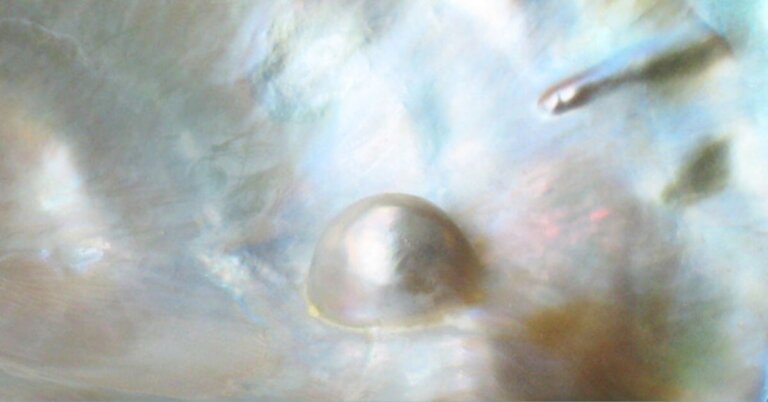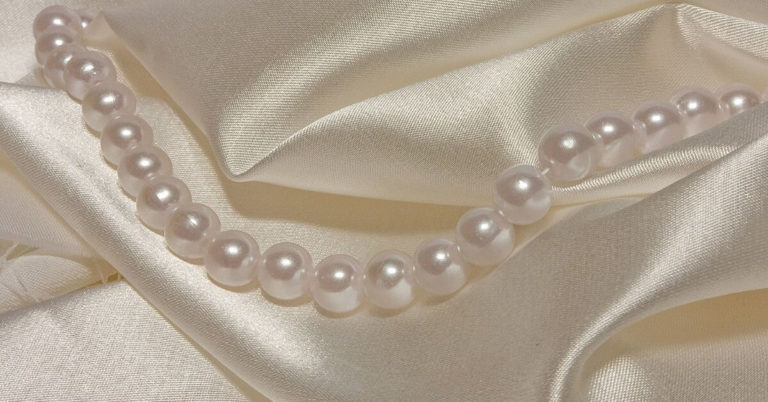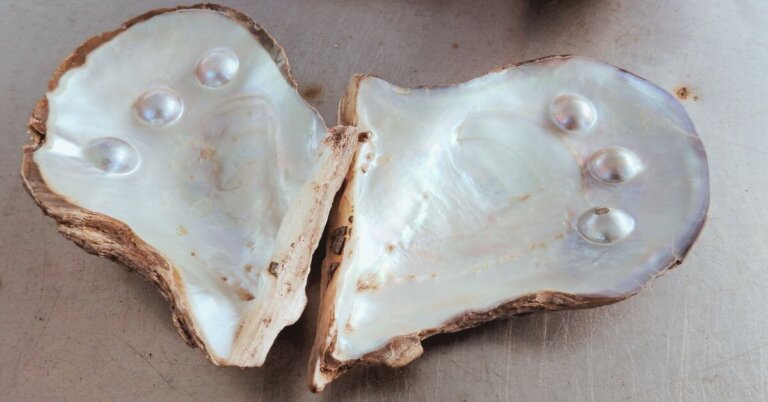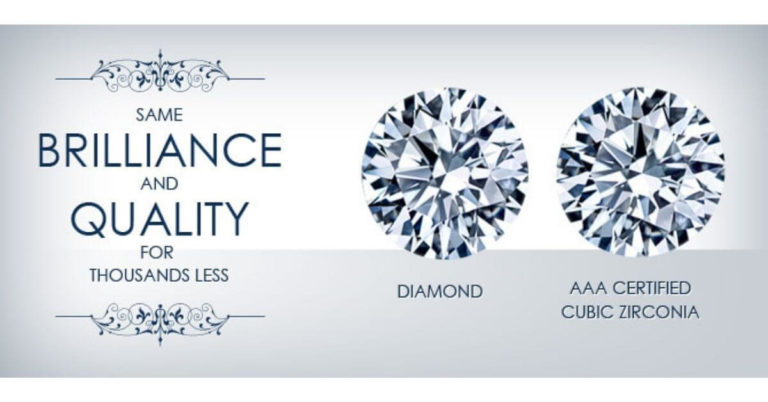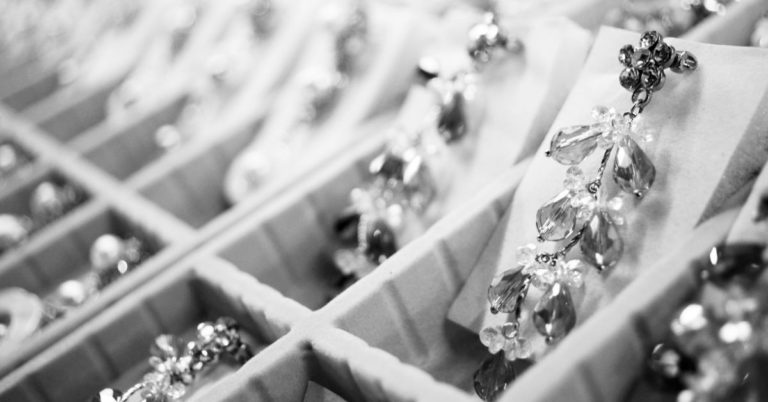Keshi Pearls: A Radiant Revelation in the World of Exquisite Jewelry
Are you ready to embark on a journey to discover one of the most enchanting and unique treasures in the realm of fine jewelry?
Welcome to the world of Keshi Pearls, where nature’s artistic prowess meets human craftsmanship, resulting in jewelry pieces that exude unmatched elegance and allure.
Let’s take a look at the captivating story of Keshi Pearls, exploring their origins, formation, and distinctive qualities. From their remarkable luster to their mesmerizing baroque shapes, these pearls have a timeless charm that continues to captivate jewelry enthusiasts worldwide.
What Are Keshi Pearls? A Mysterious Origin
The tale of Keshi Pearls begins with their intriguing origins, rooted in the realm of pearl cultivation.
Keshi, a Japanese word meaning “poppy seeds,” refers to pearls that have not been nucleated by pearl farmers. Unlike traditional cultured pearls, Keshi Pearls form when a bead nucleus is rejected in the early stages of a pearl’s development.
How Are Keshi Pearls Fromed?
The Keshi Pearls’ formation process can be influenced by various factors, including accidents causing injury to mollusks and cultivation mishaps, which lead to the growth of smaller Keshi Pearls instead of the intended nucleated pearls.
The mollusk, in an act of nature’s creativity, continues to deposit layers of luminous nacre around any remaining mantle tissue, resulting in all-nacre seed pearls with exceptional luster.
Are Keshi Pearls Real Pearls?
Keshi pearls composed entirely of nacre, making them similar in luster to natural pearls, but with a touch of man-made influence. These are real pearls similar in composition and luster but as Keshi pearls form as a by-product of cultivation, it is not a natural pearls.
Keshi Pearls vs. Natural Pearls: A Delicate Distinction
As we immerse ourselves in the enchanting world of pearls, it’s essential to understand the subtle differences between Keshi Pearls and their natural counterparts.
| Aspect | Keshi Pearls | Natural Pearls |
|---|---|---|
| Formation Process | Formed from rejected bead nuclei during pearl cultivation. | Formed in the wild when an irritant enters the mollusk’s shell. |
| Nacre Composition | Composed entirely of nacre layers. | Composed of nacre layers around an irritant. |
| Symmetry and Shape | Often display baroque shapes and unique forms. | Tend to have more symmetrical and round shapes. |
| Cultivation vs. Natural | Cultivated pearls resulting from human influence. | Naturally occurring pearls formed without human intervention. |
| Rarity | More accessible and available in the jewelry market. | Extremely rare and considered precious treasures. |
| Value | Generally more affordable compared to natural pearls. | Highly valuable and sought-after by collectors. |
| Luster | Possess remarkable luster similar to natural pearls. | Known for their captivating and iridescent luster. |
| Jewelry Design | Offer endless creative possibilities due to their unique shapes. | Often used in classic and elegant jewelry designs. |
| Allure and Appeal | Known for their infinite variety of unique shapes and colors. | Prized for their perfect roundness and classical beauty. |
| Formation Environment | Cultivated in controlled environments by pearl farmers. | Formed in the wild in natural habitats. |
| Sustainability and Ethics | May be more sustainable and ethical due to controlled cultivation. | Environmentally friendly option due to natural formation. |
| Collectibility | Sought after by jewelry enthusiasts and designers for their uniqueness. | Highly prized and collected as rare and valuable gems. |
| Pairing with Other Gemstones | Versatile and can be paired with diamonds, gemstones, and other pearls. | Often paired with other precious gemstones to enhance their beauty. |
Natural pearls form in the wild when an irritant, such as a grain of sand, finds its way into a mollusk’s shell. Over time, the mollusk secretes nacre to coat the irritant, giving birth to a natural pearl.
On the other hand, Keshi Pearls are cultivated, and their formation is a result of the mollusk’s response to a rejected bead nucleus.
Both types possess a captivating luster, but Keshi Pearls often showcase baroque shapes, while natural pearls tend to have more symmetrical forms.
While both natural pearls and Keshi Pearls share similarities in nacre composition, it is essential to appreciate the rarity and value of each.
Natural pearls, formed purely by nature’s chance, are exceedingly rare and considered precious treasures. Keshi Pearls, on the other hand, offer unique allure and enchantment but are more accessible to jewelry enthusiasts, making them a delightful addition to any collection.
The Irresistible Appeal of Keshi Pearls in Jewelry Design
Once you set eyes on the resplendent beauty of Keshi Pearls, it’s challenging to resist their allure. Their all-nacre composition ensures that light reflects off their organic surfaces, resulting in a mesmerizing play of brilliance and radiance.
These pearls often possess an infinite variety of shapes, making them ideal for creating one-of-a-kind jewelry pieces that stand out with their uniqueness.
The baroque shapes of Keshi Pearls open up a realm of creative possibilities for jewelry designers.
From delicate necklaces adorned with gracefully arranged Keshi Pearls to earrings that dangle with a dance of luster, the options are endless.
Moreover, Keshi Pearls’ versatility extends to their colors, ranging from off-white and champagne to silver moon hues, further enhancing their desirability in the world of jewelry design.
Keshi Pearls: A Gift of Nature’s Artistry
As a jewelry lover and connoisseur, the charm of Keshi Pearls is undeniable. Having experienced the joy of selecting these exquisite pearls, I can confidently say that they make a magnificent gift choice for any woman.
Whether you opt for a readymade jewelry piece or a custom-designed creation, Keshi Pearls bestow an air of elegance and sophistication on the wearer, elevating any outfit to new heights.
Caring for Your Precious Keshi Pearls
As with any cherished jewelry piece, it’s crucial to care for your Keshi Pearls to preserve their timeless allure. Here are some essential tips for maintaining the beauty of your Keshi Pearl jewelry:
- Keep it dry: Avoid contact with water, perfumes, and hair products, as they can lead to tarnishing.
- Gentle cleaning: After each wear, rinse your jewelry with water and gently wipe it clean with a polishing cloth to remove makeup and skin oils.
- Proper storage: Store your Keshi Pearl jewelry in a ziplock bag to protect it from humidity and sunlight, which may cause fading of gemstones.
- Avoid harsh chemicals: Refrain from using abrasive chemicals or alcohol-based products to clean your jewelry, as they may damage the pearls’ luster.
Keshi Pearls: A Timeless Symbol of Elegance
In the realm of jewelry, Keshi Pearls stand as a testament to the harmonious marriage of nature’s artistry and human creativity. Their exquisite luster and captivating shapes continue to enthrall jewelry enthusiasts, making them a treasure to behold and a symbol of timeless elegance.
Whether you are an avid collector or a novice in the world of pearls, exploring the allure of Keshi Pearls promises a journey filled with wonder and beauty.
So, immerse yourself in the enchanting realm of Keshi Pearls and witness the radiance of these nature-born jewels for yourself.
Frequently Asked Question (FAQ) on Keshi Pearls
What are Keshi Pearls?
Keshi pearls are exquisite pearls that are formed without a nucleus. They are formed when an oyster rejects the implanted nucleus during the pearl culturing process. Keshi pearls are known for their unique shapes and lustrous appearance.
How are Keshi Pearls formed?
Keshi pearls are formed when an oyster rejects the implanted nucleus during the pearl culturing process. Without a nucleus, the oyster continues to deposit layers of nacre, resulting in the formation of small pearls. These pearls are solid nacre and have a high luster.
What is the difference between Keshi Pearls and other types of pearls?
The main difference between Keshi pearls and other types of pearls is the absence of a nucleus in Keshi pearls. Other pearls, such as freshwater pearls, saltwater pearls, and cultured pearls, are formed with a nucleus that is implanted into the oyster.
Are Keshi Pearls natural or cultured?
Keshi pearls are considered both natural and cultured. They are natural because they are formed without any human intervention. However, they are also considered cultured because they are formed in oysters that have been intentionally raised and cared for by pearl farmers.
What are the characteristics of Keshi Pearls?
Keshi pearls have some distinct characteristics. They are known for their unique shapes, including baroque shapes. They have a high luster and a lustrous appearance, which gives them a radiant glow. Keshi pearls can be found in various colors, including white, and they are often used in jewelry such as necklaces, earrings, and pendants.
Can Keshi Pearls be used to make jewelry?
Yes, Keshi pearls are widely used in jewelry making. They are often used to create stunning necklaces, earrings, and pendants. Their unique shapes and lustrous appearance make them a popular choice among jewelry designers and enthusiasts.
What are the different types of Keshi Pearls?
Keshi pearls can be found in different types, such as freshwater Keshi pearls, South Sea Keshi pearls, Tahitian Keshi pearls, and Akoya Keshi pearls. Each type has its own unique characteristics and is known for its distinct color and luster.
Are Keshi Pearls valuable?
Yes, Keshi pearls are highly valued for their beauty and rarity. Their unique shapes and radiant luster make them a sought-after choice among pearl lovers and collectors. The value of Keshi pearls can vary depending on factors such as size, shape, color, and quality.
How should I care for my Keshi Pearl jewelry?
To care for your Keshi pearl jewelry, it is recommended to avoid exposing it to harsh chemicals, perfumes, and cosmetics. Clean your Keshi pearl jewelry gently with a soft cloth and store it in a jewelry box or pouch to prevent it from scratching or tarnishing. It is also advisable to have your Keshi pearl jewelry inspected and professionally cleaned on a regular basis.
Can I customize a piece of jewelry with Keshi Pearls?
Yes, you can customize a piece of jewelry with Keshi pearls. Many jewelry designers offer the option to create custom-made jewelry using Keshi pearls. You can choose the type, size, and shape of the Keshi pearls to create a unique and personalized piece of jewelry.
- Freshwater Pearl Symbolism and Spiritual Meaning: Unveiling Mystical Associations
- How to Choose The Best Earrings for Your Face Shape (with Pictures and Celebrities)
- Earrings Styles: Popular Types of Earrings with Pictures
- Freshwater Pearl vs Cultured Pearl: Unraveling the Mysteries
- Cultured Pearls: Real and Elegant Gem At Affordable Price

